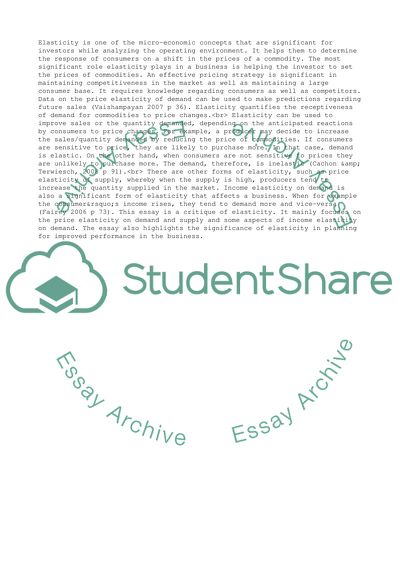Cite this document
(The Concept of Elasticity in Business Research Paper, n.d.)
The Concept of Elasticity in Business Research Paper. Retrieved from https://studentshare.org/business/1728480-elasticity
The Concept of Elasticity in Business Research Paper. Retrieved from https://studentshare.org/business/1728480-elasticity
(The Concept of Elasticity in Business Research Paper)
The Concept of Elasticity in Business Research Paper. https://studentshare.org/business/1728480-elasticity.
The Concept of Elasticity in Business Research Paper. https://studentshare.org/business/1728480-elasticity.
“The Concept of Elasticity in Business Research Paper”, n.d. https://studentshare.org/business/1728480-elasticity.


